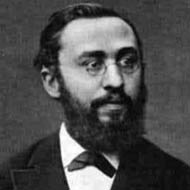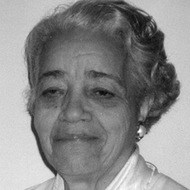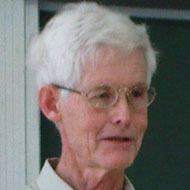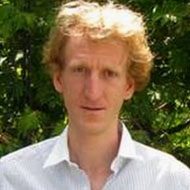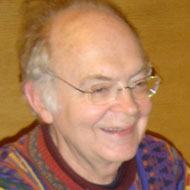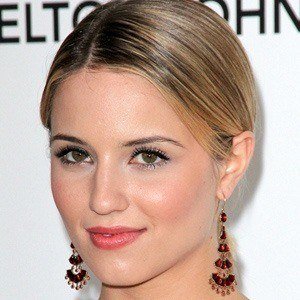
| Born | Johann Carl Friedrich Gauss, April 30, 1777, Brunswick, Principality of Brunswick-Wolfenbüttel |
| Died | February 23, 1855, Göttingen, Kingdom of Hanover, German Confederation |
| Residence | Kingdom of Hanover |
| Nationality | German |
| Fields | Mathematics and physics |
| Institutions | University of Göttingen |
| Alma mater | Collegium Carolinum, University of Göttingen, University of Helmstedt |
| Thesis | Demonstratio nova... (1799) |
| Other academic advisors | Johann Christian Martin Bartels |
| Doctoral students | Johann Listing, Christian Ludwig Gerling, Richard Dedekind, Bernhard Riemann, Christian Peters, Moritz Cantor |
| Other notable students | Johann Encke, Christoph Gudermann, Peter Gustav Lejeune Dirichlet, Gotthold Eisenstein, Carl Wolfgang Benjamin Goldschmidt, Gustav Kirchhoff, Ernst Kummer, August Ferdinand Möbius, L. C. Schnürlein, Julius Weisbach, Sophie Germain (correspondent as Monsieur Le Blanc) |
| Known for | See full list |
| Influenced | Ferdinand Minding |
| Notable awards | Lalande Prize (1809), Copley Medal (1838) |
| Spouse | Johanna Osthoff (1805–1809), Minna Waldeck (1810–1831) |
| Children | Joseph, Wilhelmina, Louis, Eugene, Wilhelm, Therese |
About Carl Friedrich Gauss
Mathematician Carl Friedrich Gauss was born on April 30, 1777 in Braunschweig, Germany (He dies at the age of 77, on February 23, 1855).
Gauss's Law, Gauss's Law for Magnetism, and the method of degaussing, among many other contributions, were all created by a German mathematician.
All info about Carl Friedrich Gauss can be found here. This article will clarify all information about Carl Friedrich Gauss: birthday, bio, ability, personality type, family, husband, siblings and drama...
Carl Friedrich Gauss before becoming famous
Carl Friedrich Gauss was born in the Zodiac sign Taurus (The Bull), and 1777 is the year of the Chinese Zodiac Rooster (雞).
He was a child prodigy who, at the age of twenty-one, had finished the text Disquisitiones Arithmeticae.
Achievement of Carl Friedrich Gauss
When he was twenty-three years old, he devised a system for plotting the positions of planets.
Carl Friedrich Gauss's Family, Spouse, Dating and Relationship
He had three children with Johanna Osthoff, his first wife, and three children with Friederica Wilhelmine Waldeck, his second wife.
Carl Friedrich Gauss Collabed with
He, like Physicist Hendrik Lorentz, was a Copley Medal recipient.
Carl Friedrich Gauss Income & Net worth
Carl Friedrich Gauss's income mainly comes from the work that created his reputation: a mathematician. Information about his net worth in 2025 is being updated as soon as possible by allfamous.org, you can contact to tell us Net Worth of the Carl Friedrich Gauss.
Carl Friedrich Gauss Height and Weight
How tall is Carl Friedrich Gauss? Information about Carl Friedrich Gauss height in 2025 is being updated as soon as possible by AllFamous.org. Or you can contact us to let us know how tall of Carl Friedrich Gauss.
People also ask about Carl Friedrich Gauss
What is Carl Friedrich Gauss's real name?
When is Carl Friedrich Gauss's birthday?
When did Carl Friedrich Gauss die?
At what age did Carl Friedrich Gauss die?
Where is Carl Friedrich Gauss from?
When was Carl Friedrich Gauss born?
Reference: Wikipedia, Tiktok, Youtube, Instagram and Twitter.
Latest information about Carl Friedrich Gauss updated on March 22 2023.
